You are using an out of date browser. It may not display this or other websites correctly.
You should upgrade or use an alternative browser.
You should upgrade or use an alternative browser.
How rare is this?
- Thread starter Lewy
- Start date
mountainraised
New member
Truly must be a blessing having the world as your oyster in your back yard. +2 envy from me!
The_Reef_Keeper
New member
That's so cool! saw lots of baby Clowns that were about that size by an anemone in my LFS. Not as cool as the actual experience though
OrionN
Moved on
That is really good. Hope we all get our fix, you and us.Good news. I have ordered a new tank.
Will be a nano and hopefully be stocked with some goodies from a local collector.
MaccaPopEye
New member
Good news. I have ordered a new tank.
Will be a nano and hopefully be stocked with some goodies from a local collector.
Great news Lewy! He is getting some really great stock in lately.
There is also a Facebook page for locals now so make sure you jump on and join "Darwin N.T. Reefers" :thumbsup:
ThRoewer
New member
Good news. I have ordered a new tank.
Will be a nano and hopefully be stocked with some goodies from a local collector.
If I was living in Darwin I would for sure try to get a pair of the black and white ocellaris like clownfish you have there.
Is there still someone around who collects them?
All we ever see here these days are tank bred ones - mostly misbars - of uncertain lineage.
I'm pretty certain these guys are a currently undescribed species and not just a melanistic variety of the common ocellaris clowns.
CoralsAddiction
Active member
If I was living in Darwin I would for sure try to get a pair of the black and white ocellaris like clownfish you have there.
Is there still someone around who collects them?
All we ever see here these days are tank bred ones - mostly misbars - of uncertain lineage.
I'm pretty certain these guys are a currently undescribed species and not just a melanistic variety of the common ocellaris clowns.
Very strange wild b&w clowns don't get sent here while Akindynos and latezonatus do. I'm guessing that price could be part of the reason given tank raised ones are relatively inexpensive nowadays.
OrionN
Moved on
The very first post, Lewy show picture of one of the two wild Black and White Ocellaris juveniles. I would love to get a pair of these wild beautiful fish. I would not touch the tank raise one with a 10 foot pole.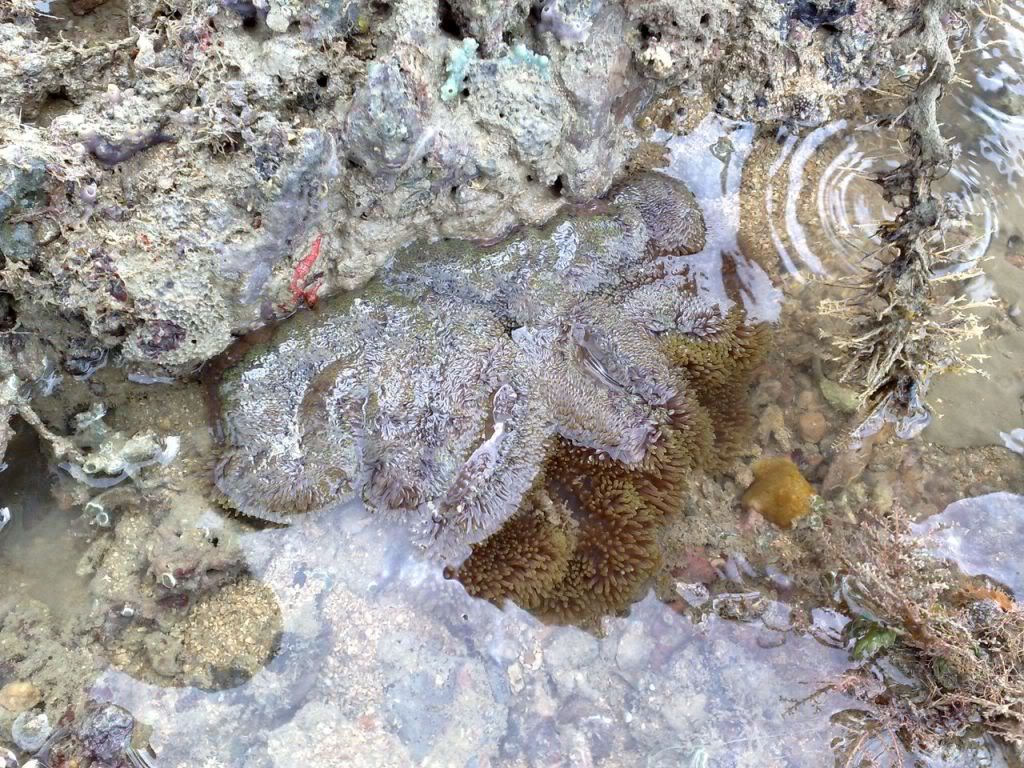
Carpet anemone in the wild. Not such a rare a site you might say.

But this is a juvenile Black & White Ocellaris hosting in it. We found two the same size. So the parents were not too far away.
MaccaPopEye
New member
The very first post, Lewy show picture of one of the two wild Black and White Ocellaris juveniles. I would love to get a pair of these wild beautiful fish. I would not touch the tank raise one with a 10 foot pole.
Darwin clowns are actually very rare out there now. I've been out half a dozen times and only seen tomato clowns. I was talking to someone from the museum the other week and he said they go down very regularly to monitor populations of fish and they haven't seen any in a long time.
There is a coastal reserve a few km further up around the coast where they are still found (some of Lewys photos were from the reserve) obviously there is no collecting there which is good and keeps it nice and untouched (I've been meaning to go down there for a look at low tide).
Given they are endemic to this small region I think it's a bit sad that people don't want to buy captive bred and even sadder that breeders don't take a bit of pride in ensuring they breed true Darwin clowns. The local collector can get wild caught ones when he goes out, but I think he has recently started trying to breed them as well which is great.
MaccaPopEye
New member
See my understanding is that it's a breeders responsibility to cull deformed offspring so they don't make their way into trade and possibly breed even more deformed fishIt is important to me to get reasonably deform free clowns. Most of the tank bred clownfish here in the US is just so deformed that I just don't want them in my tank. Of the 8 Percula I have now one is wild caught and 7 are TR.
(And by deformed I don't mean mutations that could be considered desirable.)
ThRoewer
New member
Darwin clowns are actually very rare out there now. I've been out half a dozen times and only seen tomato clowns. I was talking to someone from the museum the other week and he said they go down very regularly to monitor populations of fish and they haven't seen any in a long time.
There is a coastal reserve a few km further up around the coast where they are still found (some of Lewys photos were from the reserve) obviously there is no collecting there which is good and keeps it nice and untouched (I've been meaning to go down there for a look at low tide).
Given they are endemic to this small region I think it's a bit sad that people don't want to buy captive bred and even sadder that breeders don't take a bit of pride in ensuring they breed true Darwin clowns. The local collector can get wild caught ones when he goes out, but I think he has recently started trying to breed them as well which is great.
I would take tank bred Darwin clowns if they came from a reputable breeder with multiple pairs and documented lineage to avoid inbreeding and contamination. They would of course also have to be free of deformations.
It is almost certain that these clowns are not just an ocellaris color form but rather a completely different species which is currently undescribed. As such they need preservation.
Unfortunately the current designer fad is to create ever more aberrant forms and hybrids just for novelty sake.
This would be fine if those were always clearly identifiable, but unfortunately some of those "fancy" pairings create also offspring that just looks like a wild form but has the contaminated genes of it's designer siblings. These are way too often sold as whatever they look and not what they actually are.
Those may be fine for the average hobbyist who will never breed with them, but they are outright dangerous for breeding purposes if you want to breed natural strains.
This is the reason why I try to get wild broodstock whenever possible.
How long are they actually out of water?Nice blue sponge.
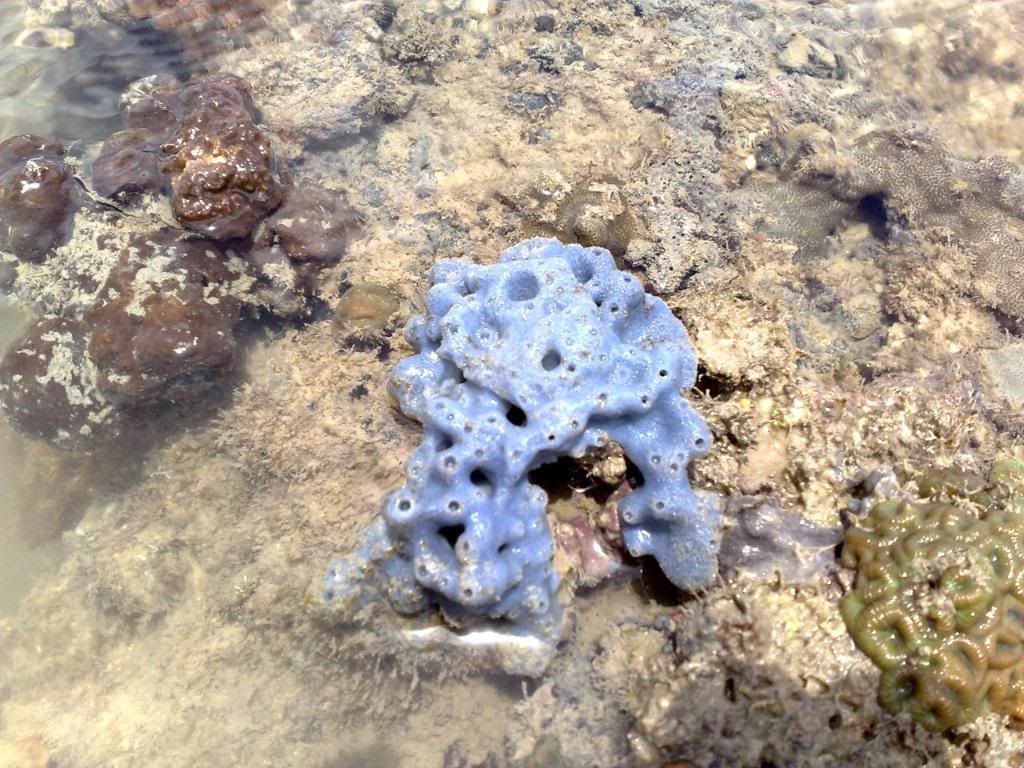
Galaxia
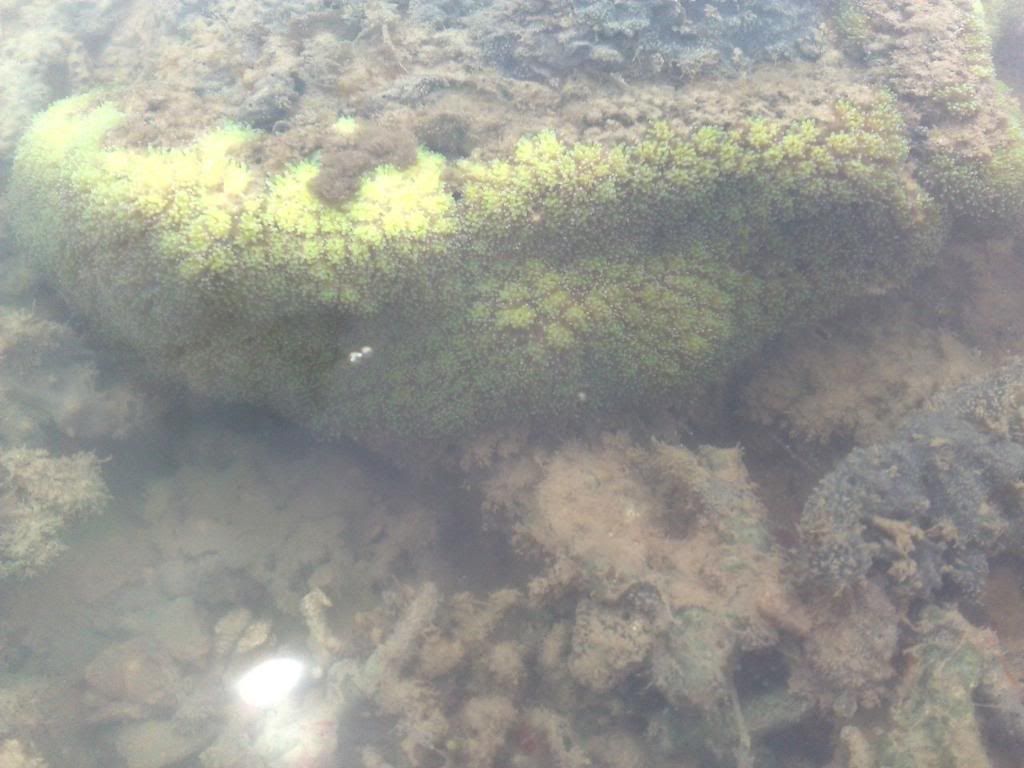
Stinging Hydroid?
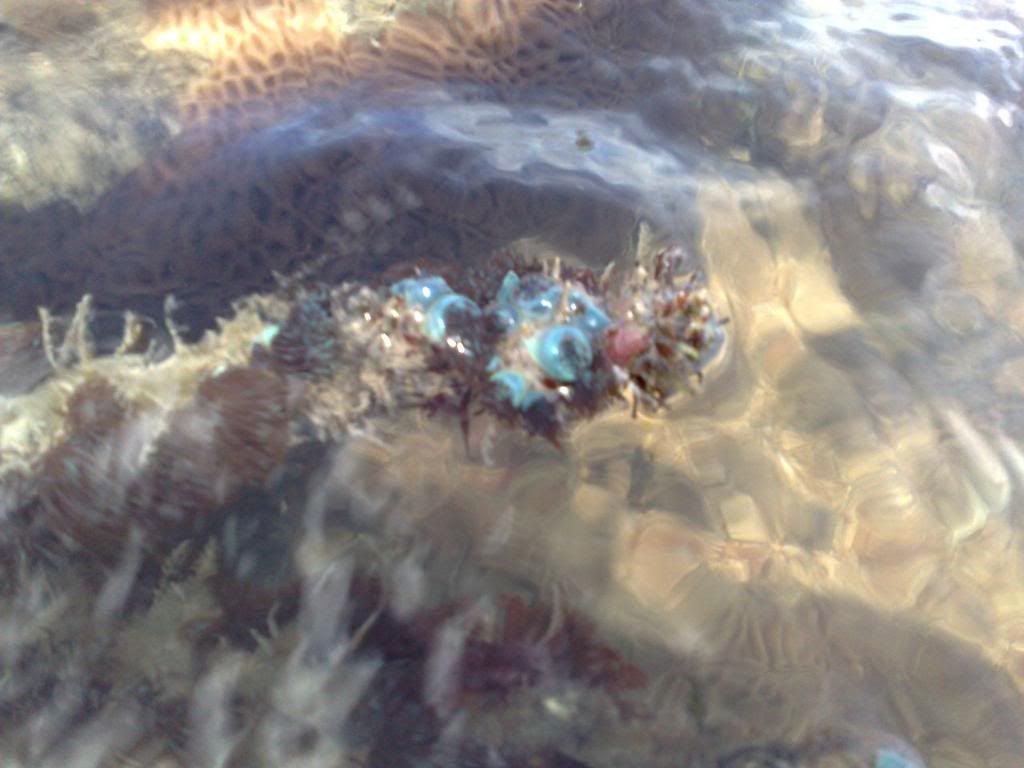
Lobos.
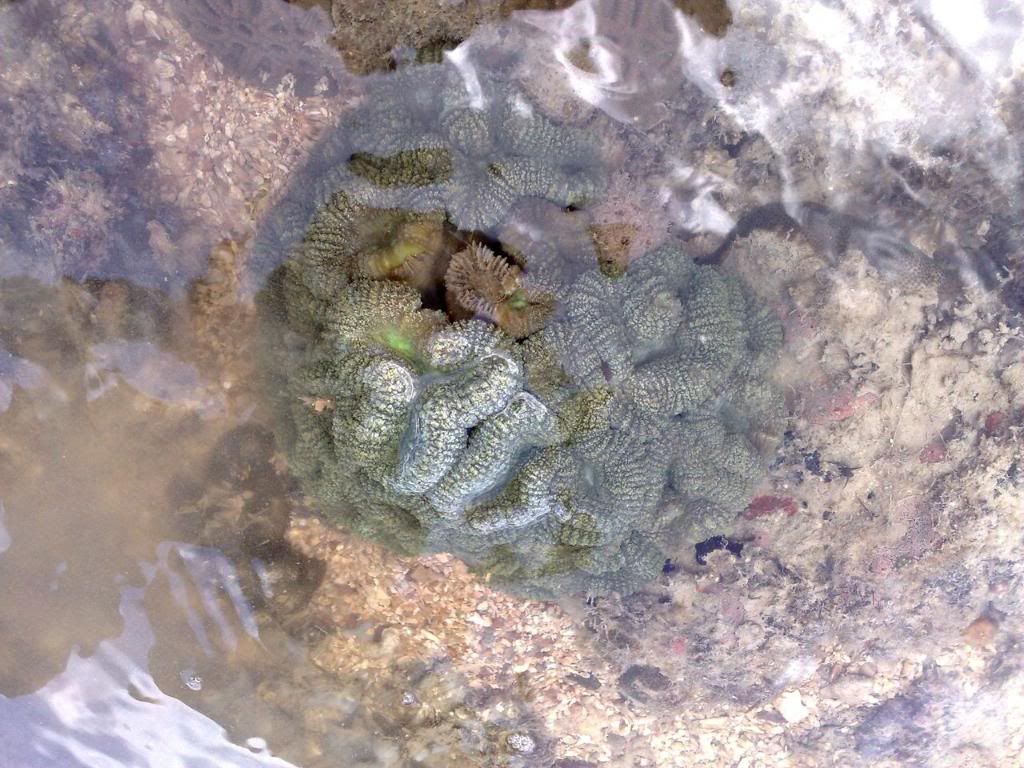
Two different coloured leathers next to each other.

Look how tough they are.
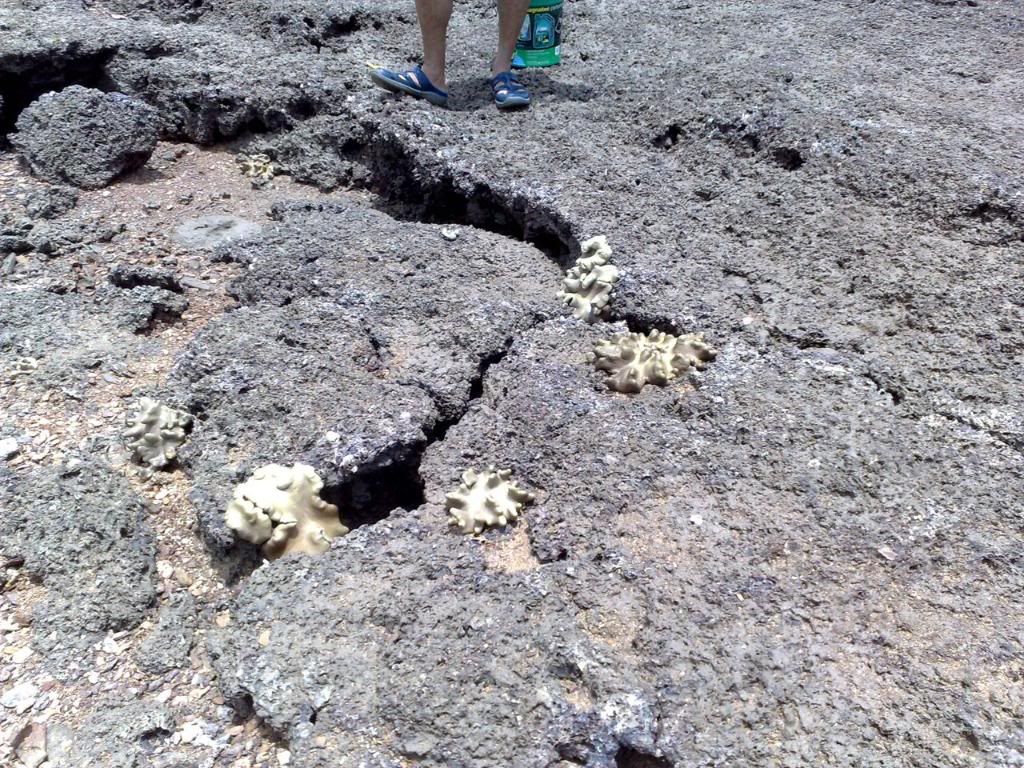
This would be VERY exciting for me 
Nothing too exiciting today. But some nice sponges/algae and the usual clowns.

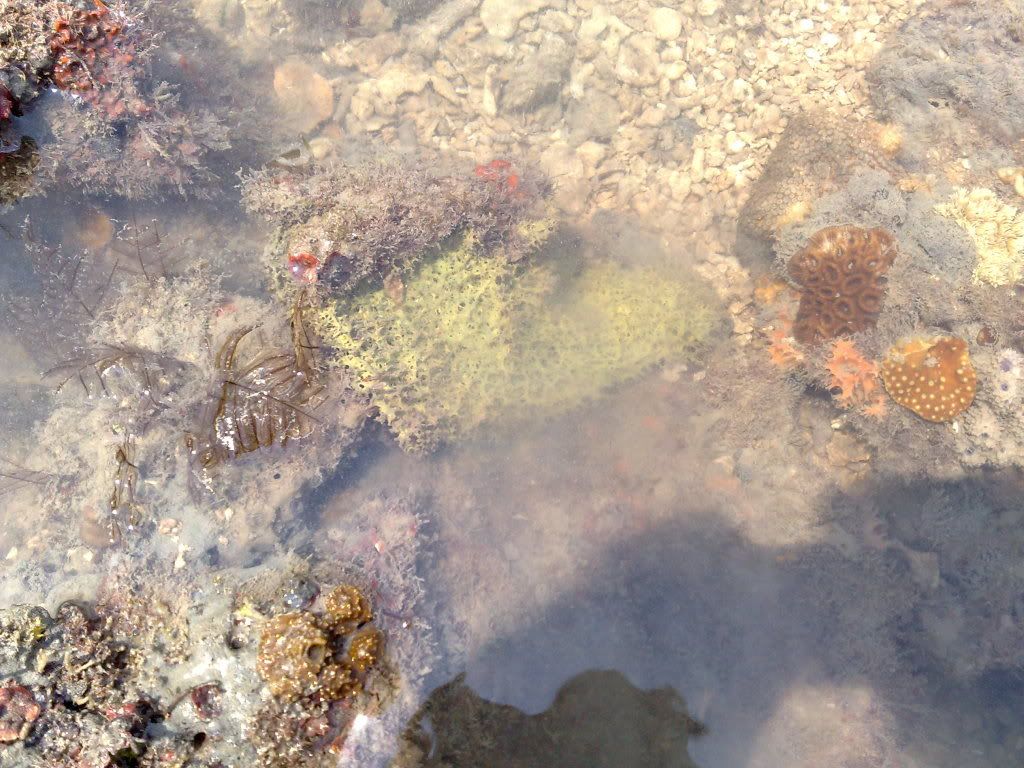

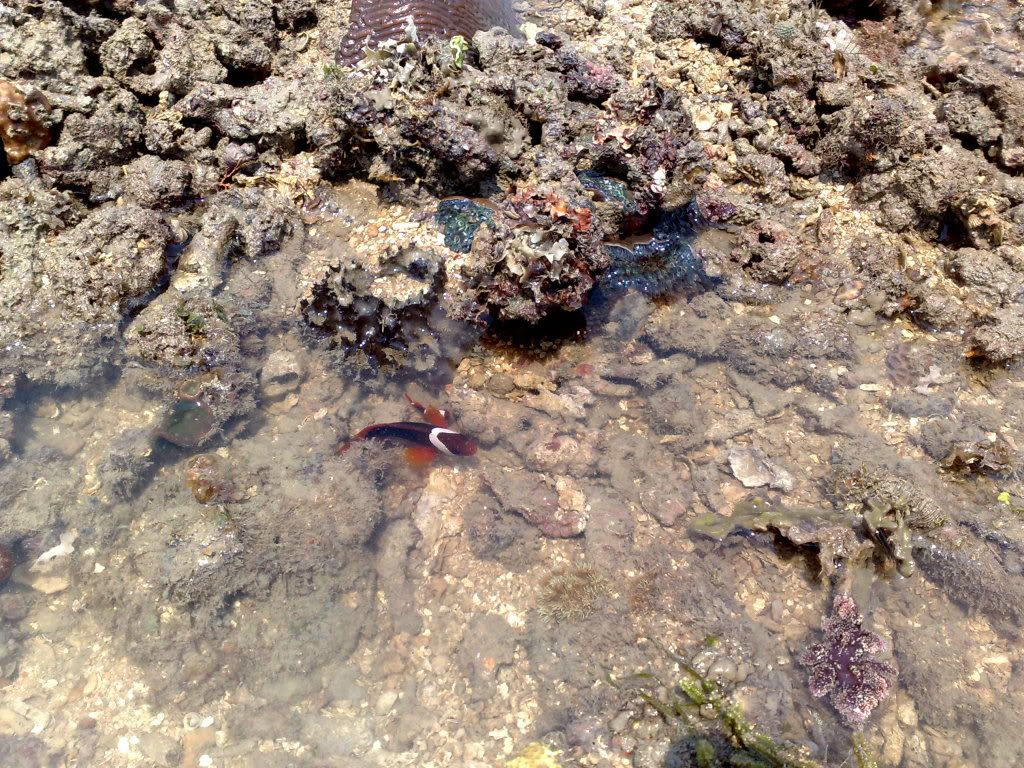

Similar threads
- Replies
- 3
- Views
- 725
- Replies
- 11
- Views
- 1K
